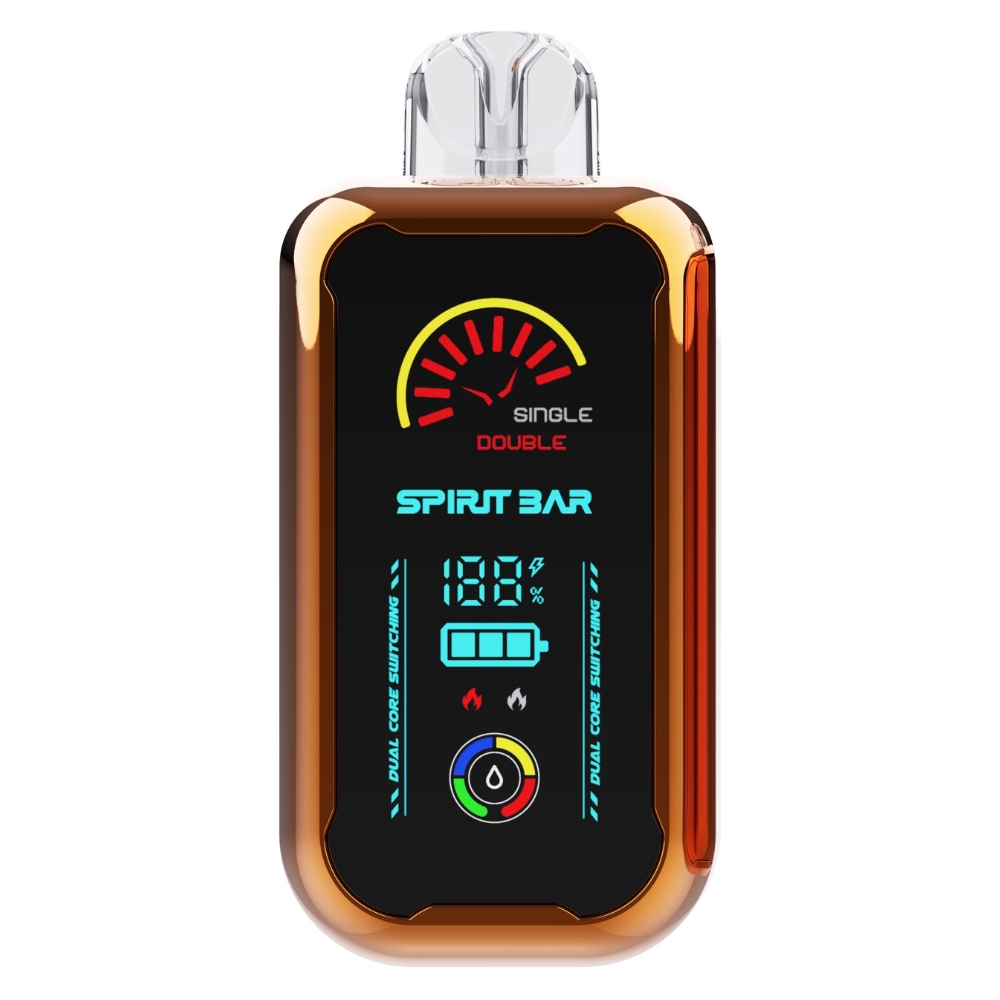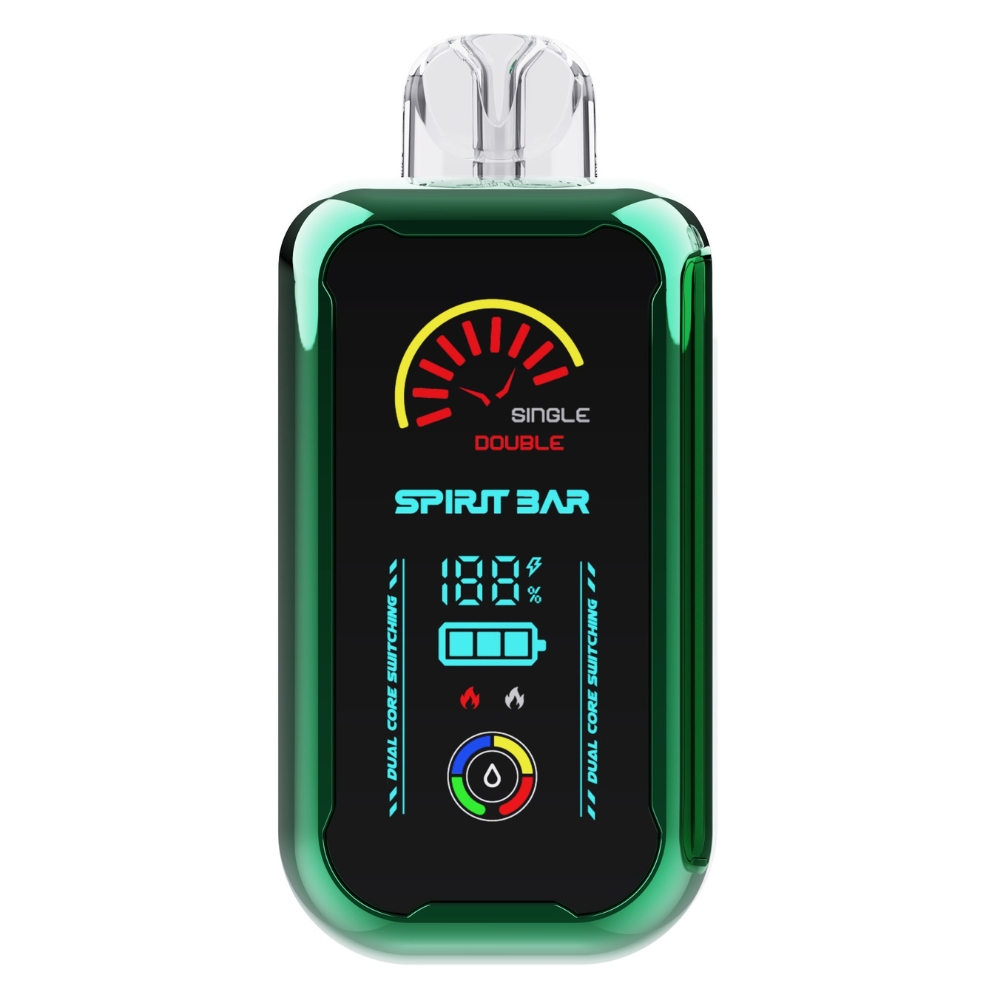Do Vapes Have Withdrawal Symptoms? Understanding Nicotine Addiction and Vaping
If you’re a vaper who is considering quitting, you may be wondering if you will experience any withdrawal symptoms. The answer is yes, vapes can cause withdrawal symptoms when you quit. These symptoms can vary in intensity and duration depending on several factors, including how long you have been vaping, how much you vape, and your individual physiology.
Nicotine is the addictive substance in vapes, and it is what causes withdrawal symptoms when you quit. Common withdrawal symptoms include headaches, mood swings, trouble concentrating, irritability, anxiety, sweating, tremors, insomnia, increased appetite, abdominal cramps, and constipation. These symptoms can be uncomfortable, but they are generally not life-threatening.
Understanding Vaping
https://www.youtube.com/watch?v=aasKIDz9ZX4&embed=true
If you’re reading this, you’re likely curious about the world of vaping and whether it can lead to withdrawal symptoms. Vaping is the act of inhaling and exhaling vapor produced by an electronic cigarette or other vaping device. These devices work by heating up a liquid, often called e-juice or e-liquid, that typically contains nicotine, flavorings, and other chemicals.
While vaping is often marketed as a safer alternative to smoking traditional cigarettes, it’s important to remember that it still involves inhaling chemicals into your lungs. The long-term effects of vaping are still being studied, but some research suggests that it may not be as harmless as it’s often made out to be.
Despite the potential risks, vaping has become increasingly popular in recent years, particularly among young people. It’s important to understand that vaping can be addictive, and that quitting can lead to withdrawal symptoms.
Withdrawal symptoms occur when your body is used to a certain substance, such as nicotine, and then suddenly doesn’t receive it. Common symptoms of nicotine withdrawal include feeling irritable, restless, or jittery, having headaches, feeling sad or down, feeling anxious, feeling tired or groggy, having trouble thinking clearly or concentrating, having trouble sleeping, feeling hungrier than normal, and having intense cravings to vape.
It’s important to note that not everyone who vapes will experience withdrawal symptoms, and the severity of symptoms can vary from person to person. If you’re thinking about quitting vaping, it’s a good idea to talk to your doctor or a healthcare professional for guidance and support.
What is Nicotine Withdrawal?
https://www.youtube.com/watch?v=gLuZk1_NCOI&embed=true
If you are a vaper who has decided to quit, you may experience nicotine withdrawal symptoms. Nicotine is a highly addictive substance that is found in most vapes. When you stop vaping, your body may go through a period of adjustment as it learns to function without nicotine. This can result in a range of physical and psychological symptoms that are collectively known as nicotine withdrawal.
Nicotine withdrawal symptoms can vary from person to person and depend on factors such as how long you have been vaping and how much nicotine you have been consuming. Some common symptoms of nicotine withdrawal include:
- Cravings for nicotine
- Irritability
- Anxiety
- Depression
- Restlessness
- Difficulty concentrating
- Insomnia
- Headaches
- Increased appetite
- Fatigue
These symptoms can be uncomfortable and may make it difficult to quit vaping. However, it’s important to remember that nicotine withdrawal is temporary and typically lasts only a few days to a few weeks.
If you are experiencing nicotine withdrawal symptoms, there are several things you can do to manage them. For example, you may find it helpful to:
- Use nicotine replacement therapy, such as nicotine gum or patches
- Drink plenty of water
- Exercise regularly
- Get enough sleep
- Practice relaxation techniques, such as deep breathing or meditation
- Seek support from friends and family or a support group for people who are quitting vaping
By taking steps to manage your nicotine withdrawal symptoms, you can increase your chances of successfully quitting vaping and improving your overall health.
Symptoms of Vape Withdrawal
If you have been vaping regularly and are considering quitting, you may experience withdrawal symptoms. These symptoms can vary from person to person, but they are typically similar to those experienced when quitting smoking. Here are some common physical and psychological symptoms you may experience when quitting vaping.
Physical Symptoms
Nicotine withdrawal can cause a range of physical symptoms that can be uncomfortable to deal with. These symptoms can start within a few hours of quitting vaping and can last for several weeks. Some of the most common physical symptoms of vape withdrawal include:
- Headaches
- Sweating
- Tremors
- Insomnia
- Increased appetite
- Abdominal cramps
- Constipation
These symptoms can be difficult to deal with, but they are a sign that your body is adjusting to life without nicotine. Drinking plenty of water, getting enough rest, and eating a healthy diet can help reduce these symptoms.
Psychological Symptoms
In addition to physical symptoms, you may also experience psychological symptoms when quitting vaping. These symptoms can include:
- Irritability
- Restlessness
- Anxiety
- Depression
- Difficulty concentrating
- Fatigue
- Intense cravings for nicotine
These symptoms can be challenging to deal with, but they are a normal part of the withdrawal process. If you find yourself struggling with these symptoms, it can be helpful to talk to a healthcare professional or a support group.
In conclusion, quitting vaping can be a challenging process, but it is worth it in the long run. By understanding the potential withdrawal symptoms, you can be better prepared to deal with them as they arise. Remember, the symptoms will eventually pass, and you will feel better in the end.
Duration of Vape Withdrawal
When you quit vaping, you may experience withdrawal symptoms. The duration and severity of these symptoms can vary from person to person. However, there are some general timelines for how long withdrawal symptoms last.
According to Verywell Mind, withdrawal symptoms typically last between a week and a month. The first week after you quit vaping is usually the most difficult, and after that, the intensity of the symptoms tends to drop over the next month.
It’s important to note that the severity and duration of withdrawal symptoms can be influenced by several factors, including how long and how heavily you have been vaping, your overall health, and your individual physiology.
Some common withdrawal symptoms you may experience when you quit vaping include:
- Feeling irritable, restless, or jittery
- Feeling sad or down
- Feeling anxious
- Feeling tired or groggy
- Having trouble thinking clearly or concentrating
- Having trouble sleeping
- Feeling hungry
- Having intense cravings for e-cigarettes
It’s important to manage these symptoms in a healthy way. You may find it helpful to exercise, eat a healthy diet, and get plenty of rest. You can also talk to your doctor about using nicotine replacement therapy, such as nicotine gum or patches, to help manage your cravings.
In summary, withdrawal symptoms from vaping can last anywhere from a week to a month, and the severity and duration can vary depending on several factors. It’s important to manage these symptoms in a healthy way and seek support if needed.
Factors Influencing Vape Withdrawal
When it comes to vape withdrawal, there are several factors that can influence the severity and duration of symptoms. Here are some of the most important factors to consider:
Nicotine Dependence
One of the biggest factors influencing vape withdrawal is the level of nicotine dependence. If you are a heavy vaper who uses high-nicotine e-liquids, you are likely to experience more severe withdrawal symptoms than someone who vapes infrequently or uses low-nicotine e-liquids. Nicotine is highly addictive, and it can take time for your body to adjust to functioning without it.
Duration of Vaping
The length of time you have been vaping can also influence the severity of withdrawal symptoms. If you have been vaping for a long time, your body has likely become accustomed to the presence of nicotine and other chemicals in e-liquids. This means that when you quit vaping, your body may take longer to adjust to functioning without these substances.
Frequency of Vaping
The frequency of your vaping can also play a role in withdrawal symptoms. If you vape frequently throughout the day, your body may experience more severe withdrawal symptoms than if you only vape occasionally. This is because your body has become accustomed to receiving a steady stream of nicotine and other chemicals from e-liquids.
Individual Differences
Finally, it is important to remember that everyone’s body is different. Some people may experience more severe withdrawal symptoms than others, even if they have similar levels of nicotine dependence, vaping duration, and frequency. If you are experiencing severe withdrawal symptoms, it is important to seek support from a healthcare professional or a support group.
By understanding the factors that influence vape withdrawal, you can better prepare yourself for the process of quitting vaping. Remember that withdrawal symptoms are temporary, and that the benefits of quitting vaping far outweigh the challenges of withdrawal.
Managing Vape Withdrawal
If you have decided to quit vaping, you may experience withdrawal symptoms. These symptoms can be uncomfortable, but there are ways to manage them. Here are some strategies you can use to help you cope with vape withdrawal:
Medical Assistance
If you are struggling with severe withdrawal symptoms, consider seeking medical assistance. Your healthcare provider can prescribe medications or recommend over-the-counter treatments to help ease your symptoms. Some medications that may be helpful include nicotine replacement therapy (NRT) and bupropion. However, you should always talk to your doctor before taking any new medications.
Lifestyle Changes
Making positive lifestyle changes can also help you manage vape withdrawal symptoms. Here are some tips to help you get through the tough times:
- Stay hydrated by drinking plenty of water.
- Get enough sleep by establishing a regular sleep schedule.
- Exercise regularly to help reduce stress and anxiety.
- Eat a balanced diet that includes plenty of fruits and vegetables.
- Avoid alcohol and caffeine, as they can worsen withdrawal symptoms.
- Practice relaxation techniques, such as deep breathing or meditation.
By making these lifestyle changes, you can help reduce the severity of your withdrawal symptoms and improve your overall health and well-being.
In conclusion, managing vape withdrawal symptoms can be challenging, but it is possible. With the right strategies and support, you can successfully quit vaping and improve your health. Remember to be patient and kind to yourself during this process, and don’t hesitate to seek medical assistance if you need it.
Preventing Vape Withdrawal
If you’re trying to quit vaping, it’s important to be aware of the potential withdrawal symptoms that you may experience. Withdrawal symptoms can be difficult to deal with, but there are steps you can take to help prevent or minimize them.
One of the most effective ways to prevent vape withdrawal is to gradually reduce your nicotine intake. This can be done by slowly decreasing the nicotine strength of the e-liquid you use. For example, if you’re currently using an e-liquid with 6mg of nicotine, you could switch to an e-liquid with 3mg of nicotine and gradually decrease the nicotine strength over time.
Another way to prevent vape withdrawal is to keep your hands and mind busy. When you feel a craving coming on, try doing something that will distract you, such as going for a walk, reading a book, or playing a game on your phone. Keeping your hands busy with a stress ball or fidget toy can also be helpful.
Staying hydrated and getting enough sleep can also help prevent vape withdrawal. Drinking plenty of water can help flush nicotine out of your system and keep you feeling refreshed. Getting enough sleep can help you feel more rested and less irritable, which can make it easier to deal with withdrawal symptoms.
Finally, it’s important to have a support system in place. Let your friends and family know that you’re trying to quit vaping and ask for their support. You may also want to consider joining a support group or talking to a counselor or therapist who can help you work through any issues that may arise during the quitting process.
Remember, quitting vaping is a process, and it’s important to be patient and kind to yourself. With the right support and strategies in place, you can successfully overcome vape withdrawal and lead a healthier, happier life.


